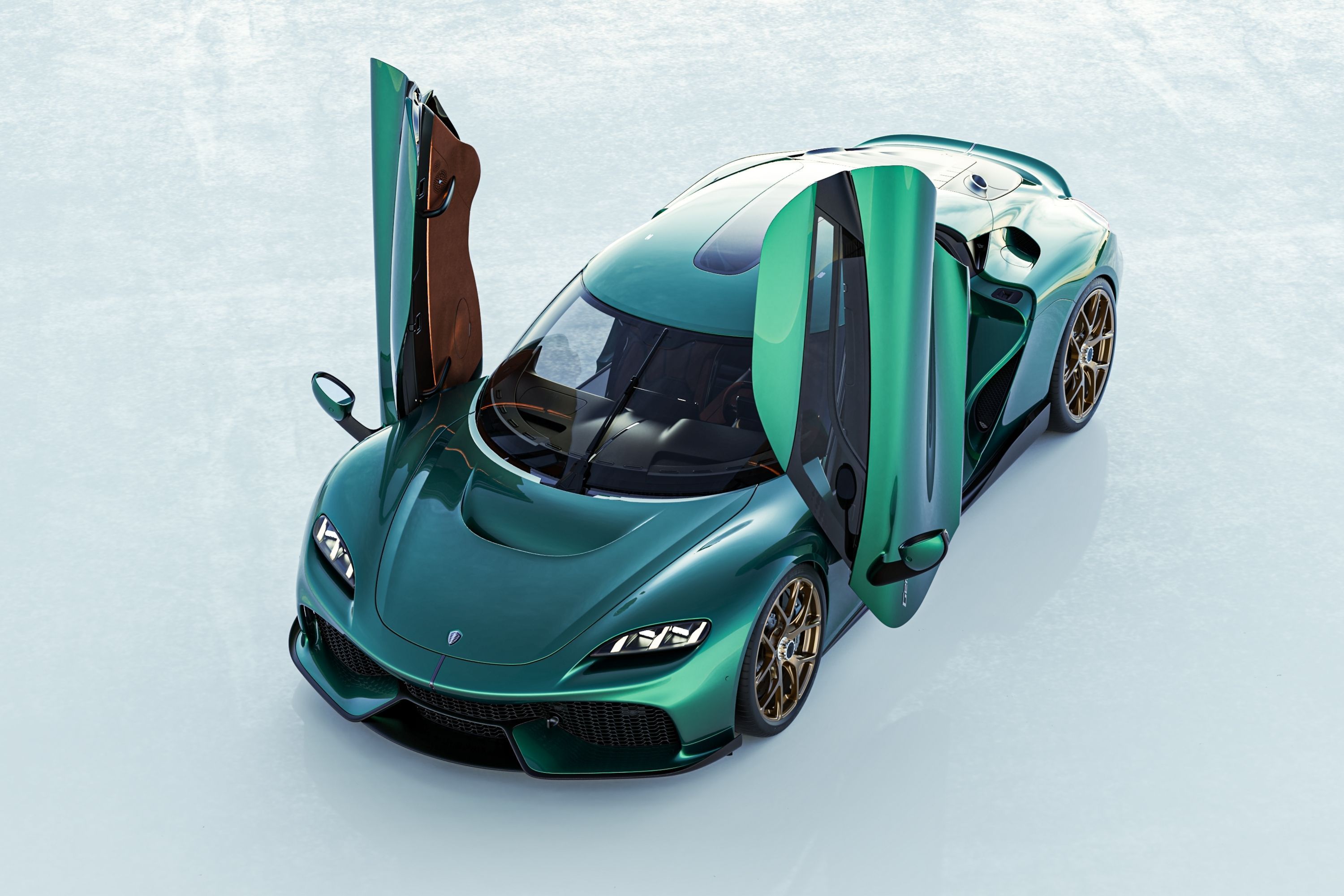
In light of recent worldwide events, you'd be forgiven for wanting to give up family cars in favor of single-seater race cars promoting self-isolation to the extreme. But the Koenigsegg Gemera has gone against the flow as a four-seat mega GT car. We've waxed lyrical about the camless twin-turbo three-cylinder engine developing 600 horsepower and the electric motors that bolster outputs northwards of 1,500 hp overall. We even uncovered that the Gemera is not a sign that Koenigsegg plans to build an SUV anytime soon, or indeed a fully electric car. But now we've been given some insight into what goes on behind the scenes, as Koenigsegg's inhouse design team (RAW Design House), led by Sasha Selipanov, have openly published design sketches and renderings of the Gemera in development, identifying traits that run deep in the Koenigsegg DNA and showing us just how long the project has been in the works. We also get a look at what the Gemera could've looked like based on these early design sketches.
A Long Time Coming
Christian von Koenigsegg admitted to us that the Tesla Model S may have inspired the hybridization of vehicles like the Regera and the Gemera, but that the idea for a four-seat Koenigsegg was one that had been in his mind for the longest time. How long? Well, photos dug up from Christian's personal archives show a group of four Koenigsegg designers and engineers sitting in a crude model of a four-seat cockpit. The same collage of photos also shows several design renderings featuring gullwing doors instead of the KATSAD doors used on the Gemera. We were, however, glad to see that in all the years Koenigsegg had such a car planned, the mid-engine concept was always integral to the design.
The ‘Egg’ In Koenigsegg
While Koenigsegg cars are regularly abbreviated as merely 'Seggs' and a number of people have played around with the eggy nature of the name, the egg is actually an integral part of the Koenigsegg design DNA. The cockpit design, in particular, has always been based around the principles of an egg, and with good reason. Not only is the egg a naturally occurring shape - nature is always an ideal influence in great design - but it's a shape that is highly aerodynamic, with a large, curved frontal area and a tapering rear end much like a teardrop. But Koenigsegg uses the shape for more than just aerodynamic efficiency. In nature, the egg is a natural protective cocoon. In much the same way as an egg protects a hatchling, the egg-shaped cockpit on all Koenigsegg models stretching back to the CC has also provided impact dispersion to protect the occupants of the car. The Gemera completes the family tree, with its unique four-seat layout giving it the ideal proportions to use a full egg-shape cockpit.
Renders, Sketches, And Other Design Details
While these little details and history of the Gemera are incredible, the work that's gone on behind the scenes is amazing to see. In addition to all these little tidbits and insights, the Instagram account on which RAW has posted all these images also reveals shots detailing the design sketches and renderings throughout the Gemera's development. It's fascinating to see the level of detail and the way Koenigsegg stuck to the design ethos right from the very beginning.
